I have latitude and longitude points of N societies, order count of these societies, I also have latitude and longitude points of a warehouse from where the trucks will deploy and will be sent to these various societies(like Amazon deliveries). A truck can deliver maximum 350 orders (order count < 350). So no need to consider items with order count above 350 (We generally would send two trucks there or a bigger truck). Now I need to determine a pattern in which the trucks should be deployed in such a way that a minimum number of trips occur.
Considering that we determine the distance between two societies or warehouses is 'X' from this script is accurate, How do we solve this? I first thought that we could solve it using sum of subset problem, maybe? Seems like dp on graphs to me, traveling salesman problem with infinite number of salemans.
There are no restrictions on the number of trucks.
